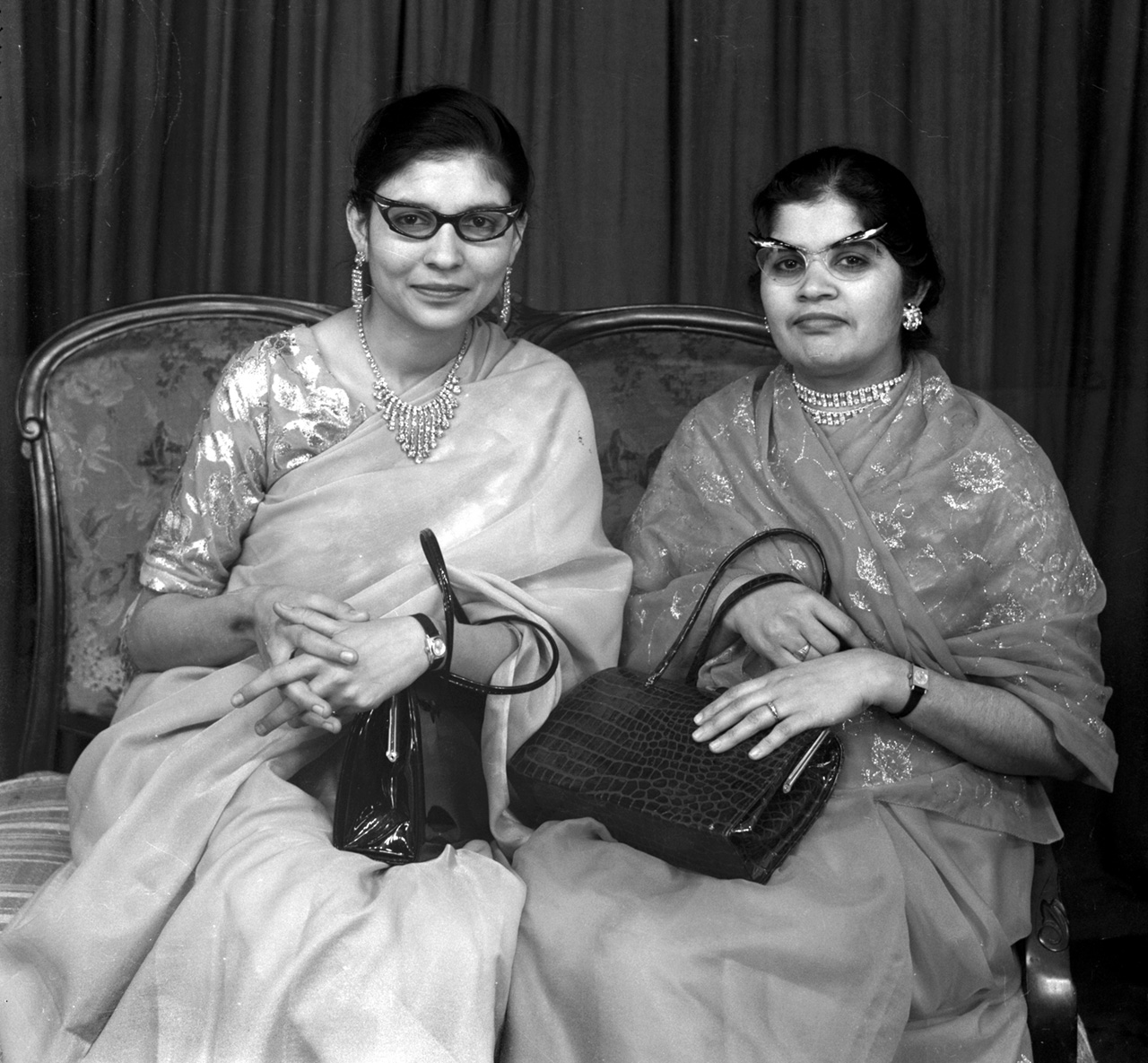Room with the Vue
When 17,000 glass negatives from a photography studio in Bradford were rescued from a skip they were handed to the local museum
Although photo technology changed extensively through the 20th century, for much of that period the techniques used by Belle Vue Studios remained unchanged.
Founded by Benjamin Sanford Taylor, and based on Bradford’s Manningham Lane from 1926, the studio relied on natural light from a vast, glass ceiling and took portraits of the city’s citizens using a cumbersome, large-format, Victorian glass plate camera. It closed in 1975 but the images that remain from that half century of business are as visually impressive as they are culturally important.
“The place was beginning to be viewed as a little weird and antiquated right back in the 1930s, but they just kept on doing it,” says Phillip Roberts, the National Science and Media Museum’s associate curator of photography. “Basically the whole photography world changed around them.”
In association with Bradford Museums and Galleries, which owns the archive, the National Science and Media Museum recently opened a new, permanent gallery showcasing some of the work carried out at Belle Vue. “To my knowledge there are no other collections like this,” claims Roberts. But if it wasn’t for some fortuitous timing, the archive may have been lost forever.
“The story goes that Tony Walker, who took over when Sandford Taylor died, was basically throwing everything into a skip when he finally got around to clearing the building,” Roberts explains. “But when all the glass negatives were about to go the building’s new owner saw what was happening, told him to stop, and took them all. They eventually ended up in storage with Bradford Museums.”
What was saved that day is a rich and varied pictorial slice of Bradford’s history. Now viewable online, there are over 10,000 shots of couples, families, colleagues and clusters of children. There are bus drivers, just-married spouses, arm wrestling champions and Polish great grandmothers. The changing racial demographic of Bradford is documented – mass immigration began began after the Second World War, specifically from South Asia, Eastern Europe and the Caribbean, to staff the then booming woollen industry – as are the wildly fluctuating collar sizes fashion fickly dictates. Flicking through the portraits is like journeying through time.
“Because the studio was open, unchanged, for so long the people who sat changed over time. When they first opened it would have been relatively expensive to get your portrait taken and often people only had one portrait taken in their life,” says Roberts. “By the 1960s that was changing but going to Belle Vue Studios was still quite an undertaking so it was always viewed as something special. And while I don’t think Tony Walker ever had any illusions about being an artist as such, he wanted to photograph anyone who walked through the door and give them what they wanted. Professionally he was concerned with bringing out the subject’s personality and, as you can see, he’s really done that.”
Roberts and his colleagues have been working on putting names and stories to the faces. “We really get out there in the city to see if anyone recognises old friends, relatives, neighbours. And if anyone now spots someone they know online they can contact Bradford Museums and they’ll add your information to the archive. It’s a long, long but rewarding process and we’re getting there.”
The Belle Vue Studio Collection is part of Bradford Museums Photo Archive at Bradford Industrial Museum. The Belle Vue Studio exhibition is on permanent display at the National Science and Media Museum, Bradford. View the archive at photos.bradfordmuseums.org

Leave a reply
Your email address will not be published.